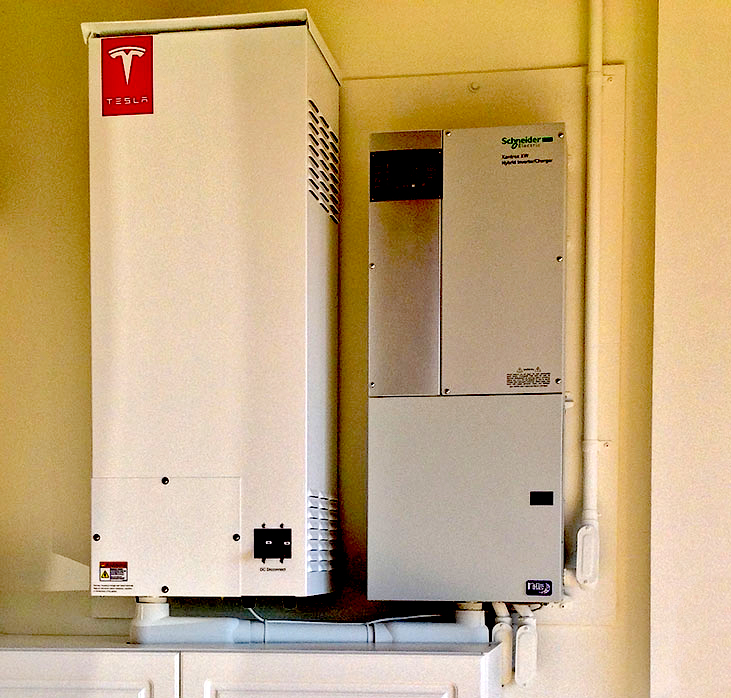

Legislative actions in California are shaping the potential of energy storage to serve a greater role in future, as the state continues the transition to procuring more renewable energy from solar photovoltaic systems, according to Rebecca Feuerlicht, project manager of CSE’s Self-Generation Incentive Program. She gave a presentation on energy storage at the Intersolar North America conference in San Francisco on July 8.
According to Feuerlicht, California is again poised to lead the nation in sustainable energy development with recent legislation and regulations clearing the way for advanced energy storage and, most importantly, an extended incentive program with funds to support it.
“This year is already proving to be pivotal for the success of energy storage in California, and similar to the example set by solar during the past 10 years, the state has the continued opportunity to lead on both a national and global level,” Feuerlicht said.
California has a long history of policies and initiatives that support renewable energy and a cleaner, more reliable grid. Since the California Solar Initiative (CSI) rebate program launched in 2007, state energy consumers have added some 140,000 solar photovoltaic (PV) systems through the program, amounting to more than 1,500 megawatts, a sevenfold increase in the total amount of installed solar.
Even though CSI rebate amounts have declined and soon will run out, a strong solar market continues thanks to lower per-watt installation costs, long-term leasing agreements and creative energy loans, according to Feuerlicht. She is optimistic that the energy storage market is set to follow a similar path with strong regulatory and legislative support.
Recent regulatory and legislative actions
In October 2013, the California Public Utilities Commission set a specific target for California’s investor-owned utilities (IOUs) to procure 1.325 gigawatts of energy storage by 2020 that requires them to set individual storage procurement goals beginning this year. In May, the commission followed up with a ruling that energy storage systems paired with net energy metering-eligible technologies, such as solar PV, are exempt from interconnection application fees, supplemental review fees and standby charges, which were restraining energy storage growth.
California’s energy storage market received a boost on the legislative side in mid-June when Governor Jerry Brown authorized renewal of the state’s Self-Generation Incentive Program (SGIP), the nation’s longest-running distributed generation rebate initiative, through 2019. It was due to sunset in 2015. The extension comes with $83 million per year for behind-the-meter generation technologies, including standalone and PV-paired energy storage systems. Since 2011, SGIP has received more than 55 MW of energy storage system incentive applications, however, only 3 MW were installed at the start of 2014.
Future prospects
“With the net energy metering regulatory barriers now addressed and funding secured for the next five years, the SGIP program anticipates issuing incentives for energy storage systems that will foster the growth and potential of energy storage in California,” Feuerlicht said. “Energy storage systems can charge during hours of low demand and high production, and subsequently discharge energy when needed, on a minute-by-minute basis, thus increasing the value proposition of solar and other intermittent renewables.”
Feuerlicht said energy storage is the mechanism needed to allow California to fully maximize the benefits of future renewable generation, reduce fossil fuel use and GHG emissions and eliminate inefficient ramping up and down of existing power plants.

